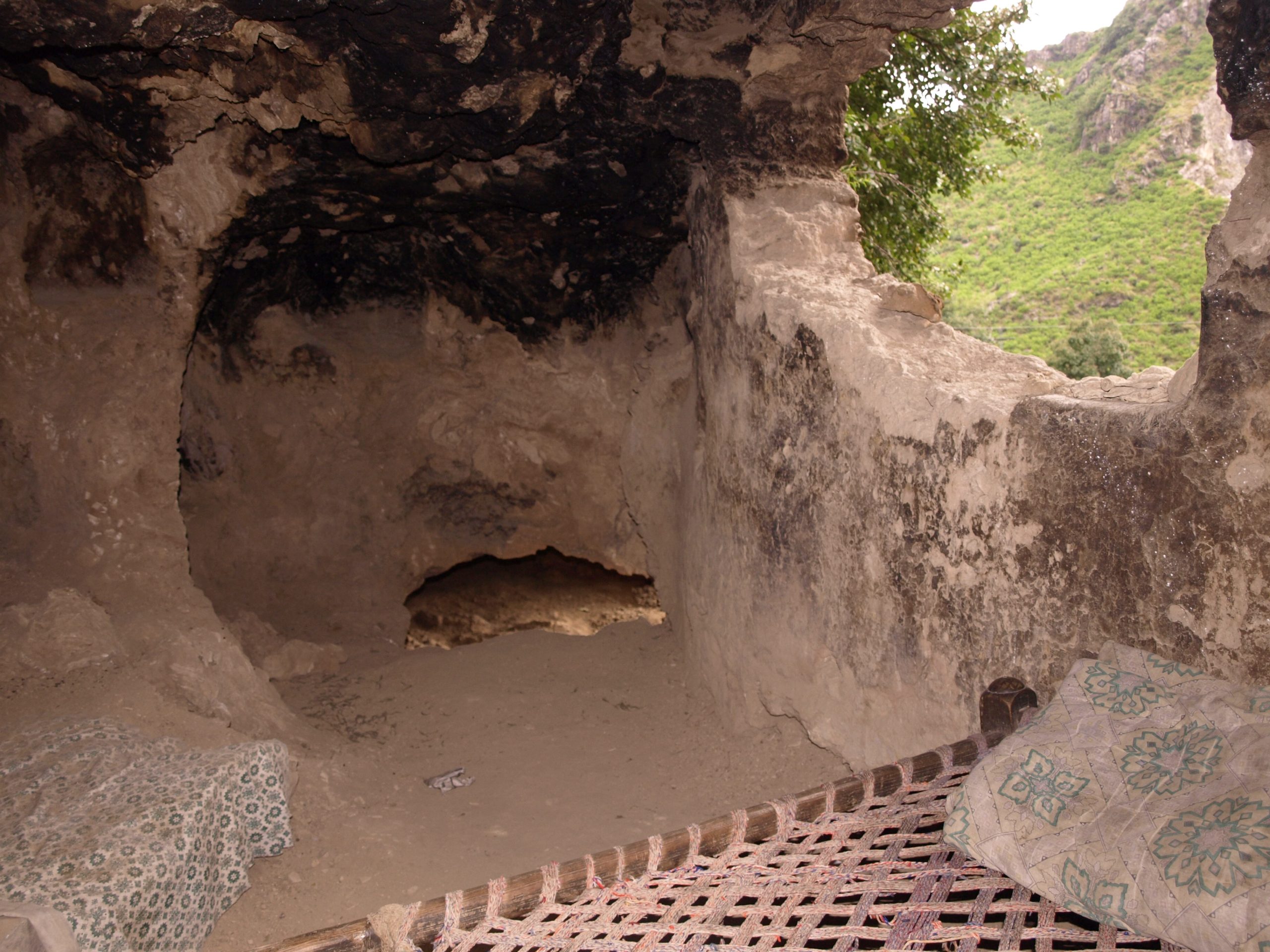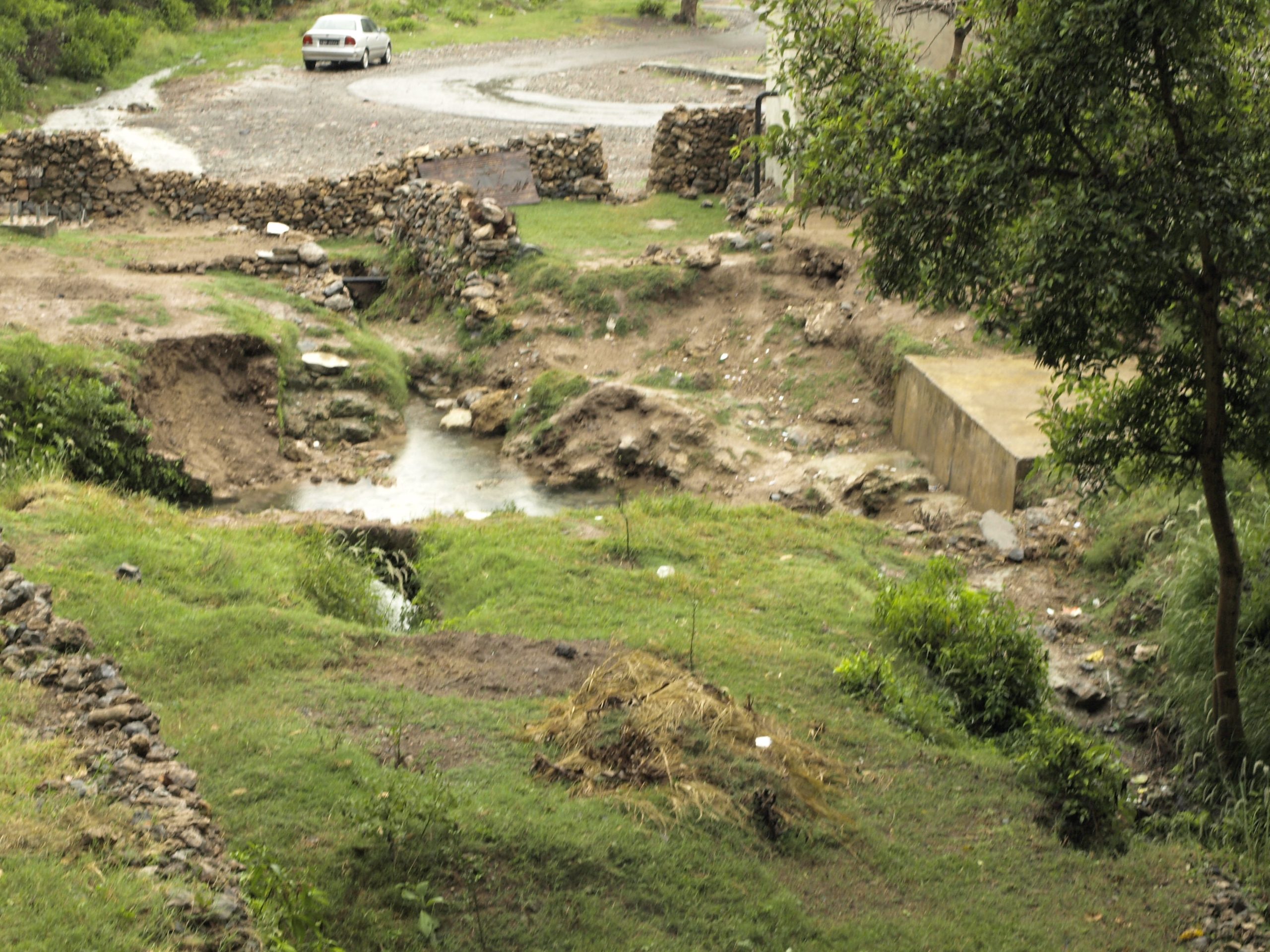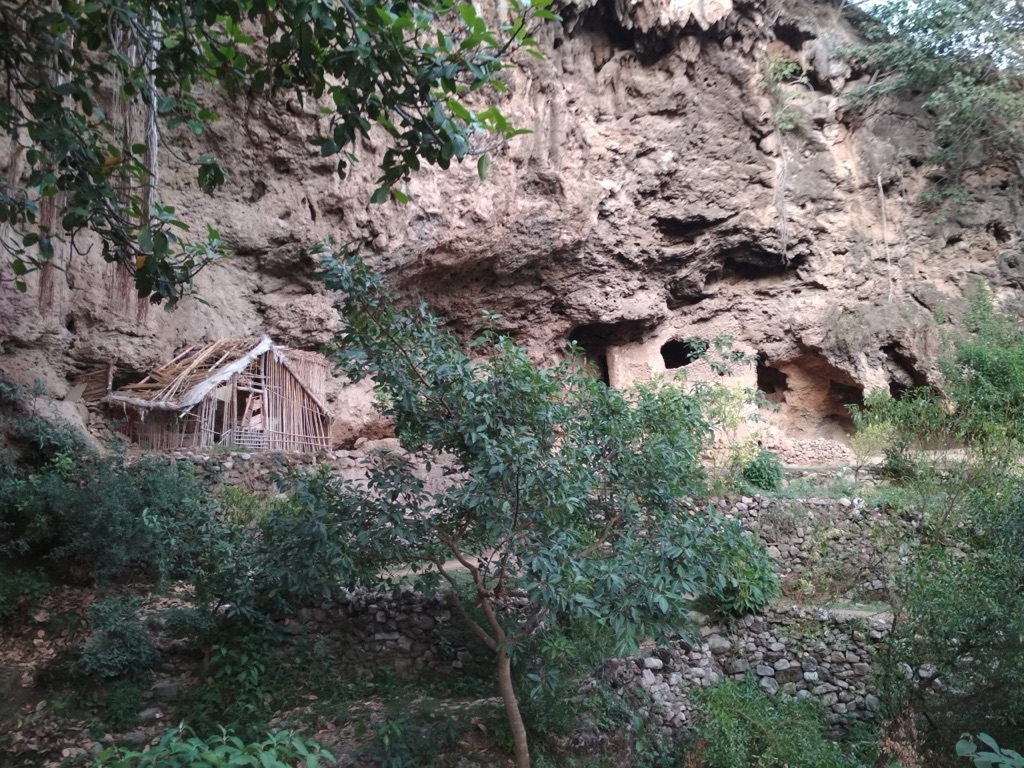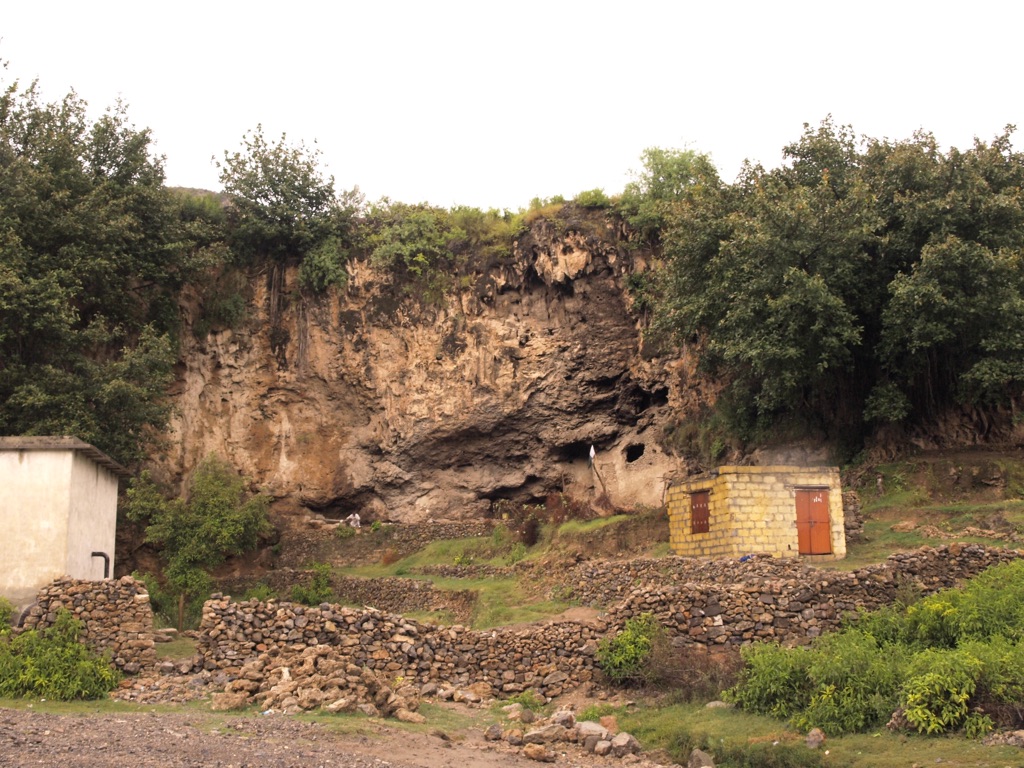The Shah Allah Ditta caves are a series of ancient caves located in Islamabad, Pakistan. They are nestled in the Margalla Hills and are believed to be over 2400 years old. These caves hold significant historical importance, as they provide evidence of early human life and have been a part of various historical events. The caves are named after a Mughal period dervish, Shah Allah Ditta, and have been a place of solace and meditation for centuries.
Get your dose of History via Email
Historical Background of Shah Allah Ditta caves
The Shah Allah Ditta caves were discovered by the local inhabitants of the region. Their exact discovery date remains unclear, but they have been known to the locals for generations. The caves are thought to have been used as a route by travelers between the Kabul and Gandhar regions. They were created naturally but were later carved and shaped by humans. The caves have seen various inhabitants over the centuries, including Buddhist monks during the spread of Buddhism in the region.
Historical records suggest that the caves were used by Buddhist monks from the 3rd century BC to the 5th century AD. They served as a place of worship and meditation. The presence of Buddhist murals within the caves supports this theory. Later, during the Mughal era, the caves were used by travelers and mystics for shelter and spiritual retreats. The name Shah Allah Ditta became associated with the caves after a Mughal dervish who took residence there.
The caves have witnessed several historical events. They are located near the ancient route that connected the subcontinent with Central Asia. This made them a strategic point during various invasions and migrations. The caves have also been mentioned in the travel accounts of the famous 14th-century Moroccan traveler Ibn Battuta.

Despite their historical significance, the Shah Allah Ditta caves have not been the focus of extensive archaeological research. This has led to many aspects of their history remaining shrouded in mystery. However, the caves are recognized as a heritage site by the local government and efforts are being made to preserve them.
The caves have also been a part of local folklore and are considered a spiritual site by the surrounding community. They continue to attract visitors, both for their historical value and their serene environment.
About Shah Allah Ditta caves
The Shah Allah Ditta caves are a remarkable example of natural caves that have been modified by human hands. They are situated at the base of the Margalla Hills and are accessible through a village that shares the name of the caves. The caves consist of a series of rooms and spaces carved into the limestone rock.
The caves’ interiors reveal signs of human alteration, with smooth walls and areas that appear to have been carved for specific purposes. The presence of Buddhist murals suggests that the caves were once vibrant centers of religious activity. The murals depict various Buddhist iconography, indicating the influence of Gandhara civilization.

The construction methods of the Shah Allah Ditta caves are not well documented, but it is evident that the initial natural formations were expanded and shaped using simple tools. The limestone rock provided a relatively soft medium for carving, which allowed for the creation of the rooms and niches found within the caves.
Architecturally, the caves are modest, with no grand facades or intricate carvings that are found in other historical sites from the same era. However, their simplicity adds to the historical authenticity and provides a glimpse into the lives of their ancient inhabitants.
Today, the caves are surrounded by lush greenery and a tranquil atmosphere. They serve as a popular spot for local tourists and those interested in the history of the region. The natural beauty of the area combined with the historical significance of the caves makes them a unique heritage site.
Theories and Interpretations
Several theories exist about the original use of the Shah Allah Ditta caves. The most widely accepted theory is that they were used as a monastery by Buddhist monks. The Buddhist murals and the proximity to the ancient trade route support this interpretation.

Some believe that the caves may have served as a rest stop for travelers and caravans moving along the Silk Road. This theory is bolstered by the caves’ strategic location and historical accounts of their use by travelers.
There are mysteries surrounding the Shah Allah Ditta caves, particularly regarding the origins of the Buddhist murals and the extent of the caves’ use in different historical periods. The lack of comprehensive archaeological studies has left many questions unanswered.
Historians and archaeologists have used various methods to date the caves and their artwork. Carbon dating and comparative analysis with other Buddhist sites in the region have been instrumental in estimating the age of the murals and the period of the caves’ active use.
The interpretations of the caves’ history are matched to historical records where possible, but much of the caves’ past is interpreted through the physical evidence left behind. This includes the murals, the architecture, and artifacts found within and around the caves.
At a glance
Country: Pakistan
Civilization: Believed to be initially influenced by the Gandhara civilization
Age: Over 2400 years old, with evidence of use from the 3rd century BC
Conclusion and Sources
Reputable sources used in the creation of this article include:

